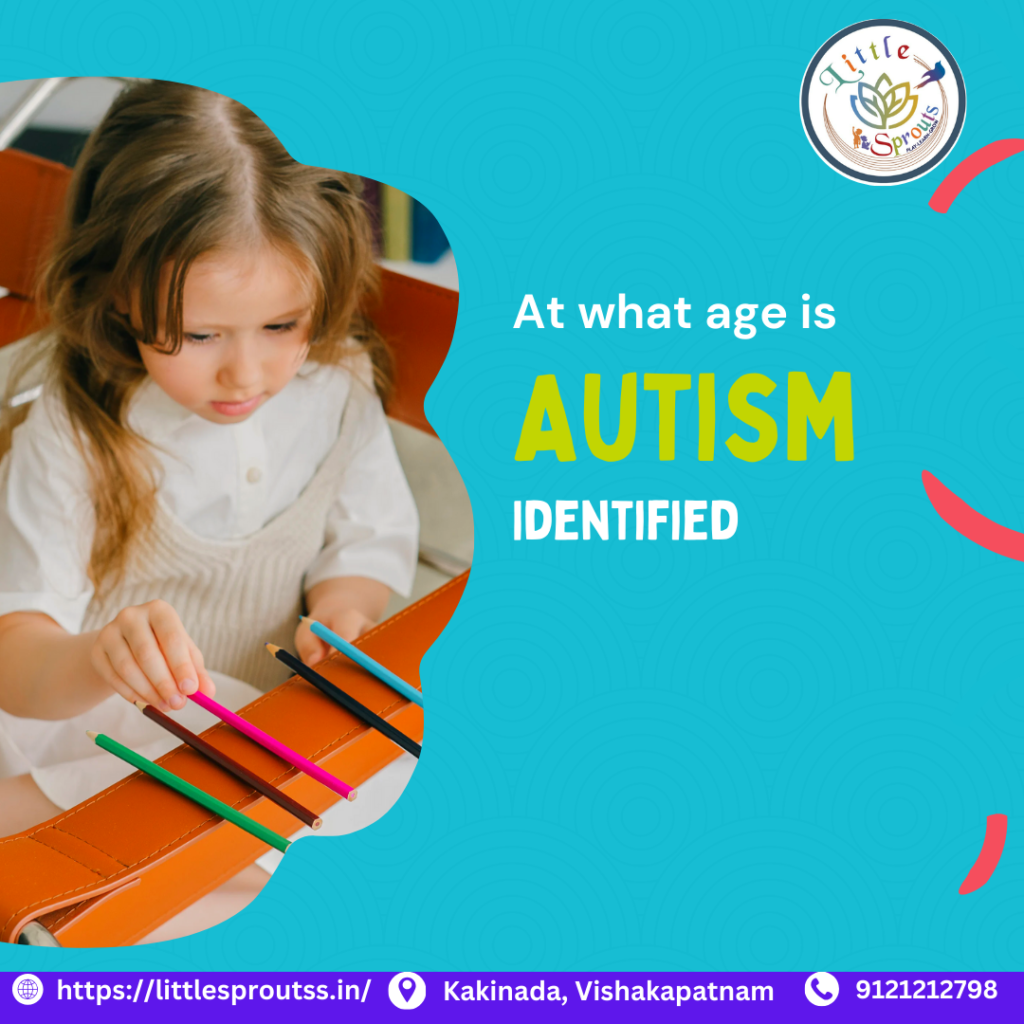
Introduction of At what age is autism identified?
Introduction of At what age is autism identified? Autism Spectrum Disorder (ASD) is a neurodevelopmental condition that affects communication, behavior, and social interactions. Early identification is crucial as it allows for early intervention, which can significantly improve outcomes for children with autism. But at what age is autism typically identified? This article explores the signs, diagnosis process, and the optimal age for identifying autism in children.
Early signs of autism
Autism presents with a wide range of symptoms, and early signs can often be observed before the age of two. Some of the common early indicators include:
- Lack of eye contact
- Delayed speech and language skills
- Repetitive behaviors
- Limited social interaction
- Unusual reactions to sensory stimuli
- Difficulty understanding emotions
At what age is autism identified? 18 months to 3 years
At what age is autism identified? This is the most common age range for autism diagnosis. Behavioral patterns and developmental delays become more apparent, making it easier for caregivers and healthcare professionals to identify the condition. Specific behaviors that may indicate autism include:
- Repetitive movements such as hand-flapping or rocking
- Intense focus on specific objects or topics
- Resistance to changes in routine
The average age of autism Diagnosis
The intensity of symptoms, parental knowledge, and availability of medical professionals are some of the variables that might affect the age at which autism is diagnosed. According to research,
1. Early Detection: By the time they are 12 to 18 months old, some children show obvious symptoms.
2. Formal diagnosis: Four years old is the average age of diagnosis in the United States.
3. Late Diagnosis: It’s possible that some people with modest symptoms or high-functioning autism won’t receive a diagnosis until they are adolescents or adults.
Screening for autism in Infants and Toddlers:
Regular developmental tests are advised by medical professionals during well-child visits. At 18 and 24 months, the American Academy of Paediatrics (AAP) recommends tests for autism.
Common screening tools include:
- Modified Checklist for Autism in Toddlers (M-CHAT-R/F)
- Autism Diagnostic Observation Schedule (ADOS)
- Social Communication Questionnaire (SCQ)
Factors affecting the of Diagnosis:
The date of an autism diagnosis is influenced by several factors:
- Severity of Symptoms:
- Usually, early diagnoses are made for kids with more obvious behavioural problems or developmental delays.
2. Knowledge of Parents:
- Early detection of developmental issues may lead parents to seek examination sooner.
3. Healthcare Access:
- In certain areas, a lack of specialists may cause a delay in diagnosis.
4.Social and Cultural Aspects:
- Early indicators may be missed in some cultures, leading to a later diagnosis.
Differences by Gender in the Diagnosis of Autism:
According to studies, boys are diagnosed with autism at a higher rate than girls. Recent studies, however, indicate that females’ autism may go undiagnosed because of:
- Different symptom presentation
- Improved masking skills
- Behavioural observations influenced by social expectations
Importance of Early Diagnosis:
Early diagnosis is essential since it makes it possible for:
- Programs for early intervention (occupational therapy, behavioural treatment, and speech therapy)
- Improved assistance for academic and social growth
- Better long-term results for kids with autism
Autism Diagnosis in Adolescents and Adults
Even while autism is usually identified in early childhood, some people are not diagnosed until much later in life. In adults and teenagers, symptoms could include:
- Difficulty in social interactions
- Challenges with sensory processing
- intense concentration on a single interest
- Has trouble adjusting to routine adjustments
Conclusion of At what age is autism identified?
At what age is autism identified? as early as 12 to 18 months, but the formal diagnosis often occurs around 4 years old. Early screening and parental awareness play a crucial role in timely identification. The earlier the diagnosis, the better the support and interventions that can be provided to help individuals with autism reach their full potential.
If you suspect that your child might have autism, consult a healthcare provider for an evaluation. Early intervention can make a significant difference in their development and overall quality of life. This is all about at what age is autism identified?.

